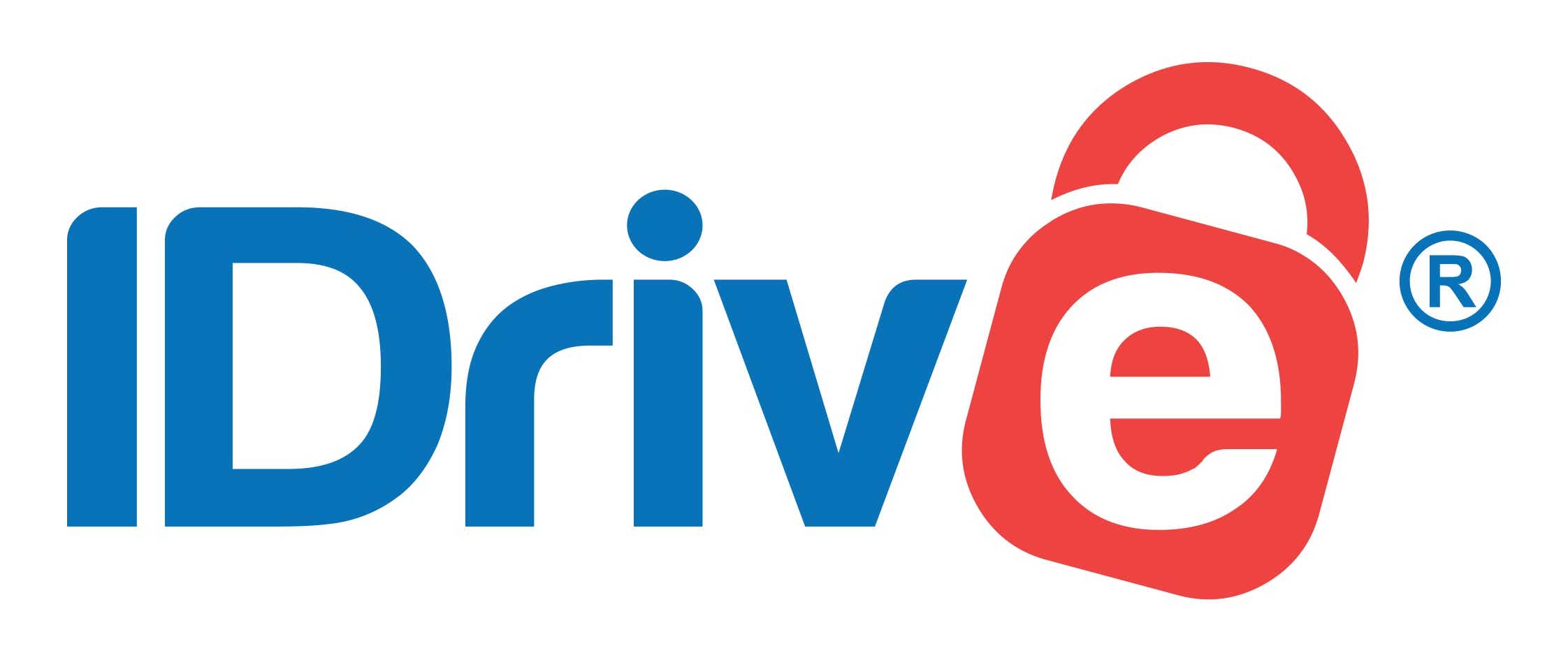
Microsoft issues emergency Windows patch to disable Intel's buggy Spectre fix
 Image: Google/Natascha Eibl
Image: Google/Natascha Eibl
If you’ve noticed any unexpected reboots or PC instability as a result of the recent Spectre patches, there’s a solution: Microsoft has issued an emergency Windows patch that rolls back the recent Spectre mitigations.
Confused? It’s a bit complicated. After the intial Spectre and Meltdown vulnerabilites were disclosed, both Intel and Microsoft hustled out patches to mitigate the problem. Unfortunately, Intel’s latest microcode updates—and the BIOS updates from PC makers based upon them—were themselves buggy, causing instability, reboots, and data loss in some PCs.
Microsoft’s latest patch (KB4078130) allows people with affected systems to download the patch via the Microsoft Update Catalog, which disables the mitigations for the “Spectre variant 2.”
Note that the patch notes specifically state that you should run this patch “if you are running an impacted device” (emphasis ours). In other words, if your system is working normally, don’t bother downloading this patch. This is what Microsoft calls an “out of band” patch, and it doesn’t appear that it will be made available via Windows Update, either.
Why should you consider it? Intel has warned previously that the faulty patch can sometimes cause data loss and corruption, and Microsoft is saying the same: “Our own experience is that system instability can in some circumstances cause data loss or corruption,” the patch notes state.
There’s another wrinkle, though. As part of the patch, Microsoft is allowing users to edit the Windows registry to toggle the mitigations on or off. (Instructions are here.) It’s possible to toggle Microsoft’s patch off, and then, when Intel solves its own patching problem, re-enable it. That scenario is actually what Microsoft recommends—again, only if you’ve noticed system instability and want to take action against it.
Toggling the mitigations on and off is also a feature of the latest InSpectre utility.
As Bleeping Computer noted, system makers such as Dell and HP also advise rolling back their own BIOS patches to an earlier version, which they’re redeployed. It’s all horrendously confusing for consumers and IT organizations alike. Fortunately, at least, there haven’t been any public cases of these vulnerabilities being exploited, Microsoft says.
The best overall online backup service
iDrive Online Cloud Backup

 Read our reviewPrice When Reviewed:$79.50Best Prices Today:$79.50 at iDrive
Read our reviewPrice When Reviewed:$79.50Best Prices Today:$79.50 at iDrive
What should you do? There’s no one-size-fits-all answer to this question. But we can tell you what we’re doing: if a PC is working as expected, we’re leaving it patched and in place. If you’re backing up your data (to the cloud or an external drive) chances are your most crucial data will be saved in case your system goes down unexpectedly. Obviously, install Microsoft’s emergency Windows patch if you’re running into system issues. There’s no perfect solution—if you’re more paranoid than we are, feel free to deploy the patch even if your PC hasn’t hiccuped.
Good luck, and be sure to check out PCWorld’s guide on how to protect your PC against Meltdown and Spectre. Operating system updates are just one part of it.